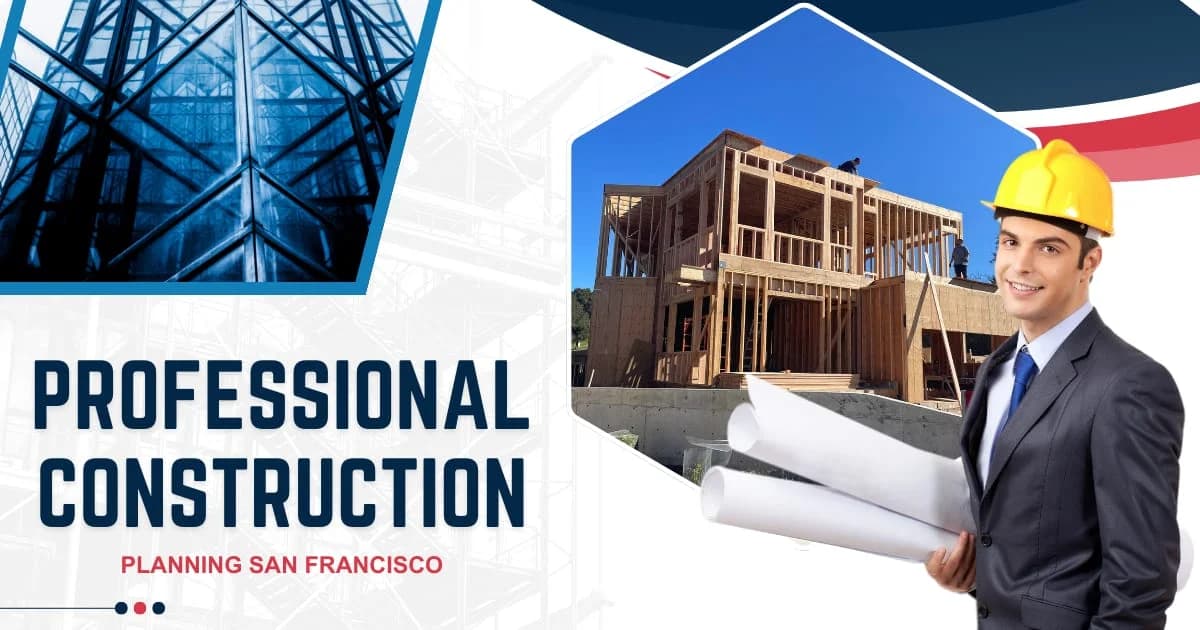When embarking on a construction project, whether building your dream home, renovating an existing space, or designing a commercial property, the foundation of success lies in meticulous design and planning. Professional design and planning not only streamline the construction process but also ensure the result aligns with your vision, budget, and timeline. This essay explores why these stages are essential and how they contribute to a successful construction journey.
1. Clarity of Vision
A professional design and planning process helps transform abstract ideas into concrete plans. Architects and designers work closely with clients to understand their needs, preferences, and long-term goals. This collaborative approach ensures the final design is a reflection of the client’s vision while incorporating functional and aesthetic elements. For example, an open-concept kitchen might appeal to families who enjoy entertaining, while a more segmented layout may suit those who value privacy.
2. Efficiency and Organization
Planning minimizes the risk of errors and delays. Detailed blueprints and project schedules act as roadmaps for the construction team, outlining each step of the process. This organization ensures that everyone—from contractors to subcontractors—is on the same page, reducing miscommunication and enhancing productivity.
Professional planners also account for potential challenges, such as supply chain delays or weather disruptions, and incorporate contingency plans. This foresight prevents costly surprises during the project’s execution.
3. Budget Control
Budget overruns are a common concern in construction projects, often stemming from inadequate planning. Professional planners provide detailed cost estimates and identify potential expenses upfront. They can recommend cost-effective materials and solutions without compromising quality, helping clients stay within their financial constraints.
Moreover, detailed planning minimizes waste by ensuring accurate measurements and quantities of materials. For instance, specifying the exact amount of flooring or paint reduces excess costs and promotes sustainable construction practices.
4. Regulatory Compliance
Navigating building codes and zoning regulations can be overwhelming for individuals unfamiliar with the legal landscape of construction. Professional designers and planners are well-versed in local and national regulations, ensuring that your project adheres to all requirements. This compliance not only avoids fines and legal issues but also ensures the safety and durability of the structure.
For example, a home addition may need to comply with setback rules, while commercial properties must meet accessibility standards. Professionals handle these complexities, giving clients peace of mind.
5. Enhanced Aesthetic Appeal
Design professionals bring creative expertise to the table, ensuring that your project is not only functional but also visually appealing. They stay updated on the latest trends and technologies, incorporating innovative ideas into your design. Whether it’s choosing the perfect colour palette, integrating smart home technology, or creating a seamless indoor-outdoor flow, their input elevates the overall aesthetic.
Clients often find that professionally designed spaces have higher resale value due to their thoughtful layouts and high-quality finishes. A well-designed home can leave a lasting impression on buyers, making it a worthwhile investment.
6. Sustainability and Energy Efficiency
Sustainable construction is more than just a trend; it’s a necessity for the future. Professional planners prioritize eco-friendly practices, such as using energy-efficient materials, incorporating renewable energy sources like solar panels, and designing for natural ventilation and lighting.
These choices not only reduce the environmental impact of your project but also lower utility costs in the long term. For example, strategically placed windows can maximize natural light, reducing the need for artificial lighting during the day.
7. Risk Mitigation
Every construction project comes with inherent risks, from structural issues to unforeseen site conditions. Professional planners identify and address these risks early in the process, minimizing their impact. For instance, a thorough site analysis can uncover soil instability, prompting adjustments to the foundation design.
Risk mitigation also extends to safety measures. Proper planning ensures that the construction site complies with safety standards, reducing the likelihood of accidents and ensuring the well-being of workers and occupants.
8. Time Management
Delays can derail a construction project and increase costs significantly. Professional planners create realistic timelines, accounting for each phase of the project. They coordinate with contractors, suppliers, and other stakeholders to ensure timely delivery of materials and services.
Additionally, advanced project management tools allow planners to track progress in real time, addressing any deviations promptly. This proactive approach keeps the project on schedule and minimizes disruptions.
9. Personalization and Customization
Every client has unique requirements, and professional planning ensures that these are met. Custom features, such as a home office with soundproofing or a kitchen with ergonomic designs, enhance the usability and comfort of the space. Designers take the time to understand individual lifestyles and preferences, creating spaces tailored to specific needs.
For example, a family with young children might prioritize safety features and ample storage, while a professional chef may require a high-performance kitchen layout.
10. Long-Term Value
Professional design and planning lay the groundwork for a durable, high-quality structure. By prioritizing quality materials, efficient layouts, and future-proofing strategies, they ensure the building remains functional and appealing for years to come.
For instance, incorporating adaptable spaces—like a garage that can double as a home gym—adds flexibility to the design. Such forward-thinking decisions enhance the property’s long-term value and usability.
Conclusion
Professional design and planning are the cornerstones of a successful construction project. They provide clarity, efficiency, and creativity while mitigating risks and ensuring compliance. Whether you’re constructing a new home, renovating an existing space, or embarking on a commercial venture, investing in professional services is essential for achieving your goals.
By prioritizing design and planning, you not only save time and money but also create a space that reflects your vision and stands the test of time. The benefits are manifold, making it a step that no construction project should overlook.



